Rising Urbanization
The increasing trend of urbanization appears to be a pivotal driver for the Artificial Plants and Flowers Market. As more individuals migrate to urban areas, the demand for low-maintenance decor options rises. Urban dwellers often face space constraints, making artificial plants an appealing choice due to their compact nature and lack of upkeep. According to recent data, urban populations are projected to reach 68% by 2050, which could significantly boost the market for artificial plants. This demographic shift suggests that consumers are likely to seek aesthetically pleasing yet practical solutions for their living spaces, thereby enhancing the appeal of the Artificial Plants and Flowers Market.
Environmental Considerations
Environmental considerations are becoming increasingly relevant in consumer purchasing decisions, which may positively impact the Artificial Plants and Flowers Market. As awareness of sustainability grows, consumers are more inclined to choose products that do not contribute to environmental degradation. Artificial plants, which do not require water, sunlight, or fertilizers, present an eco-friendly alternative to live plants. This shift in consumer behavior indicates a potential increase in demand for artificial options, as they align with the values of environmentally conscious buyers. The Artificial Plants and Flowers Market could see a notable rise in sales as consumers seek sustainable decor solutions.
Expansion of Retail Channels
The expansion of retail channels is a significant driver for the Artificial Plants and Flowers Market. With the rise of e-commerce platforms and the diversification of brick-and-mortar stores, consumers now have greater access to a variety of artificial plants and flowers. This increased availability is likely to stimulate consumer interest and purchasing behavior. Recent statistics indicate that online sales in the home decor sector are expected to grow by over 20% in the coming years. This trend suggests that the Artificial Plants and Flowers Market could benefit from enhanced visibility and accessibility, ultimately leading to increased sales.
Growing Interest in Home Decor
The burgeoning interest in home decor is another influential factor propelling the Artificial Plants and Flowers Market. As consumers increasingly prioritize their living environments, the demand for decorative items, including artificial plants, has surged. Market data indicates that the home decor segment is expected to witness a compound annual growth rate of approximately 4.5% over the next few years. This trend suggests that consumers are not only looking for beauty but also for items that require minimal maintenance. The versatility of artificial plants allows them to fit seamlessly into various design aesthetics, further driving their popularity within the Artificial Plants and Flowers Market.
Technological Innovations in Manufacturing
Technological innovations in manufacturing processes are likely to enhance the quality and appeal of products within the Artificial Plants and Flowers Market. Advances in materials and production techniques have led to the creation of more realistic and durable artificial plants. For instance, the use of advanced polymers and UV-resistant materials has improved the longevity and aesthetic appeal of these products. As manufacturers continue to innovate, the market may experience an influx of high-quality offerings that attract discerning consumers. This trend suggests that the Artificial Plants and Flowers Market could expand as new technologies enable the production of superior products.




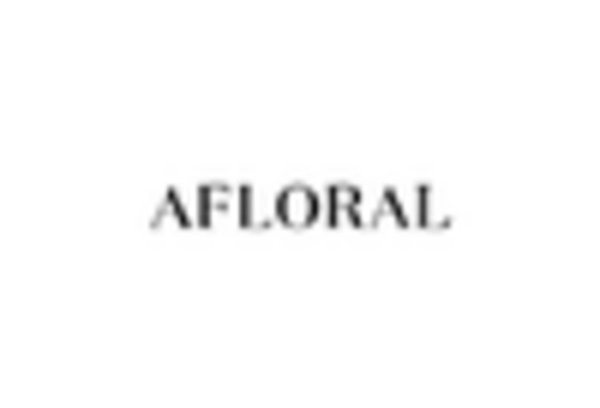
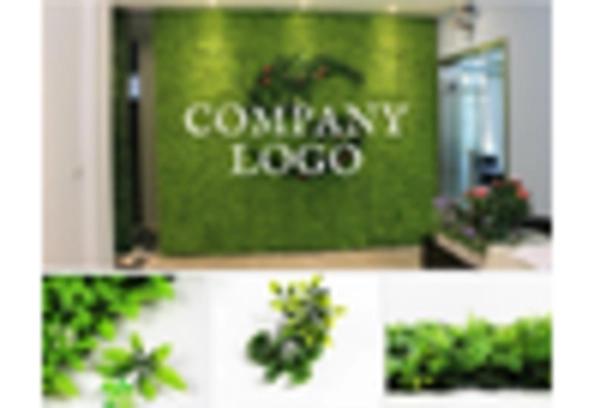

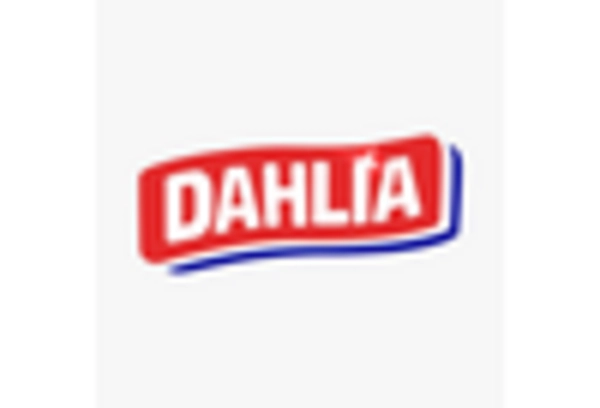
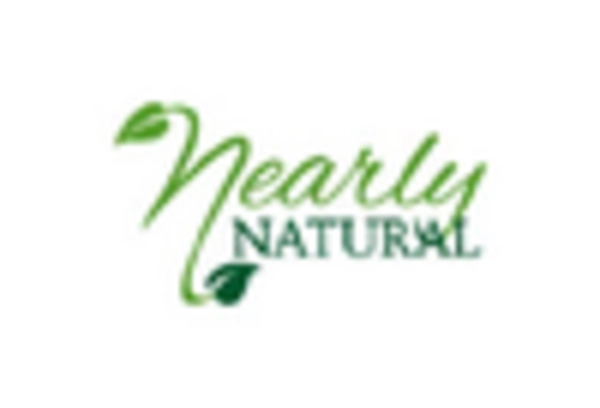
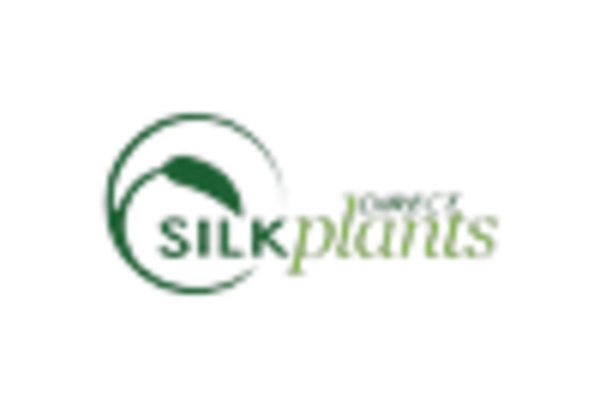








Leave a Comment